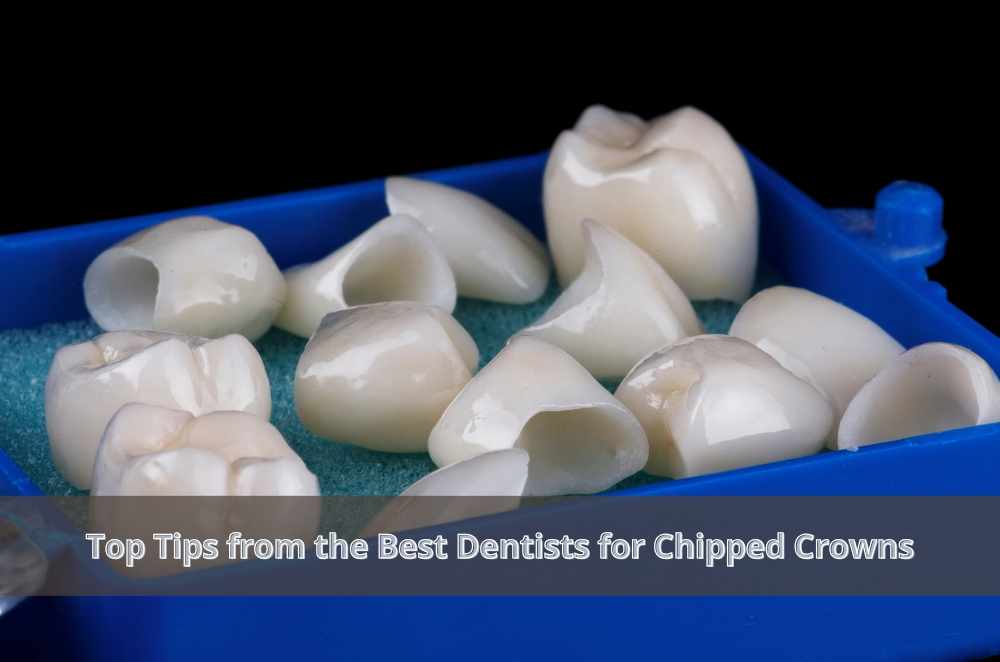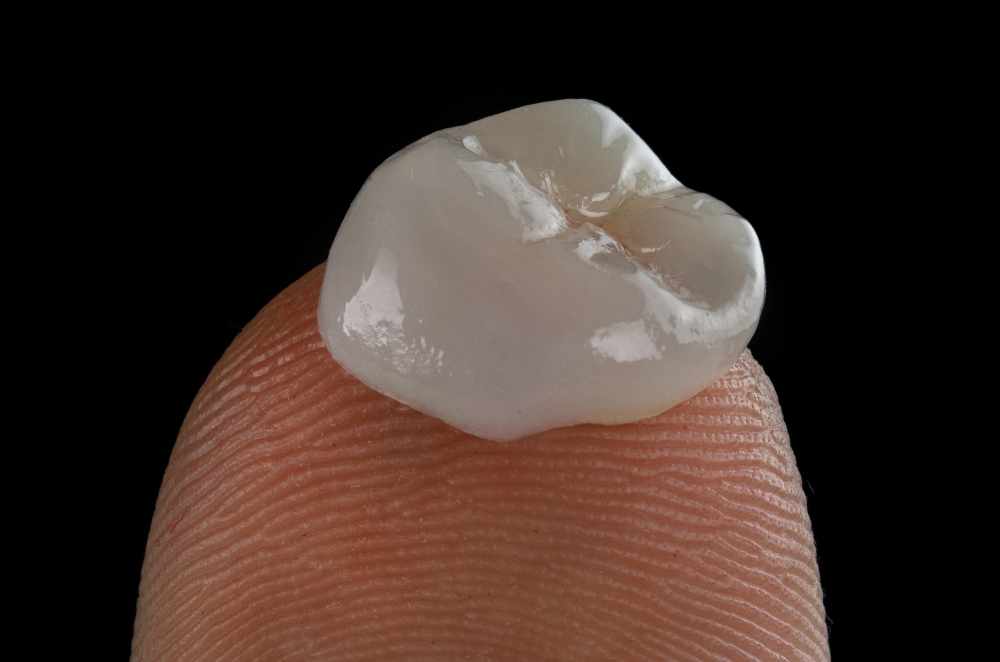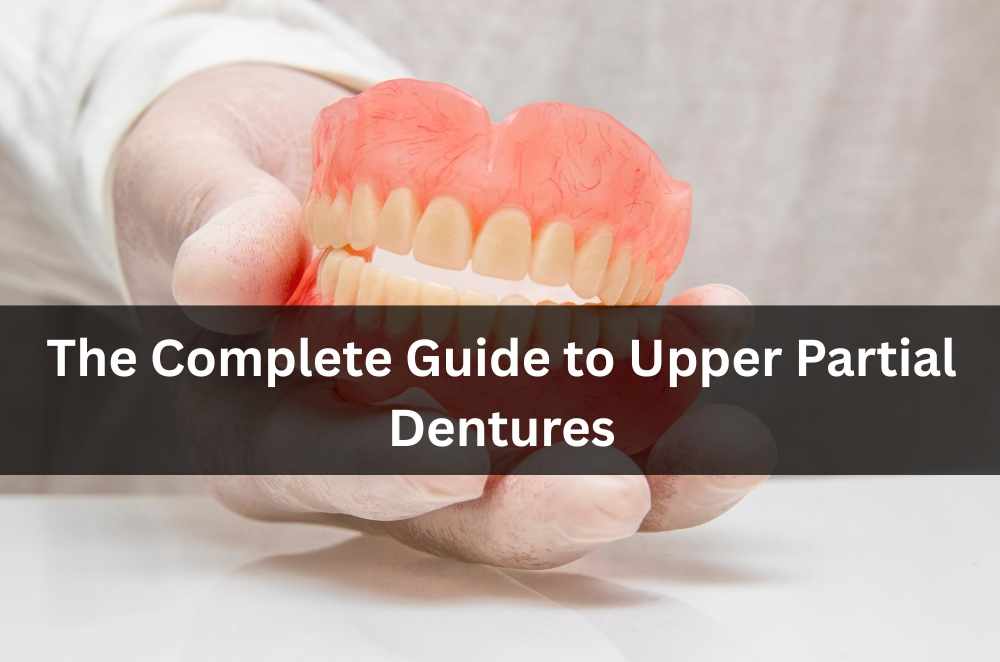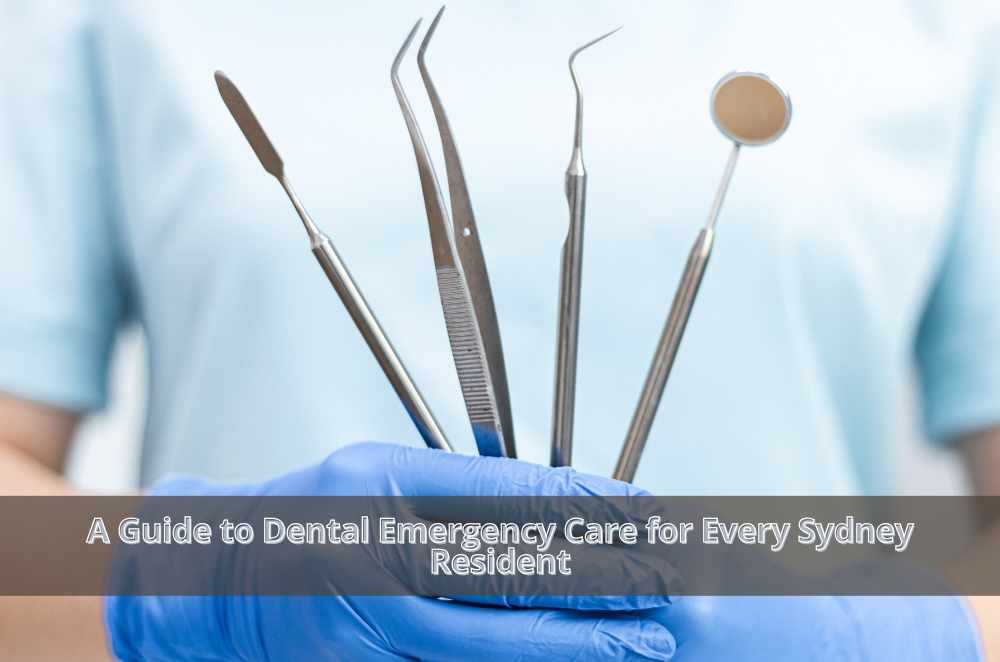
Chipped crown and a busy week ahead? You’re not the first, and you won’t be the last. The good news: most chips aren’t disasters. The calmer path is knowing what’s urgent, what you can do at home, and how your dentist decides between repair and replacement. If you’re reading this in a mild panic, start by booking emergency crown repair and then follow the steps below to keep things comfortable until you’re seen.
First steps when a crown chips
The first hour is about comfort and preventing extra damage.
Check for pain or sharp edges. If dentine is exposed, cold air or water may sting.
Save any pieces. Pop fragments in a small bag; they help with colour match or a quick composite patch.
Rinse gently. Warm salt water soothes irritated gums.
Call your dentist early. Same-day or next-day triage is common, especially with temps.
A quick chairside story: a uni student cracked the corner of a porcelain crown on popcorn. No pain, just a rough edge. We smoothed it in minutes and booked a polish; no remake needed. Not every chip equals a big bill.
Temporary fixes you can do at home (and what to avoid)
Short-term measures can help — but only the sensible ones.
Orthodontic wax for sharp edges. Cheap and available at chemists, it brings comfort without sticking to tissue.
Temporary cement (only if a crown has come off). If the crown has fully dislodged and you can seat it correctly, a tiny amount of over-the-counter cement can hold it until review.
Soft diet. Think soups, pasta, steamed veg, yoghurt — especially if the bite feels off.
What to avoid:
Superglue. It wicks into microscopic spaces and contaminates the surface, making proper bonding harder.
Grinding or “testing” the bite. You’ll worsen micro-cracks.
Chewing on the other side for only weeks. It overloads those teeth and can stir up jaw soreness.
If the whole cap has popped off, keep it safe and read a practical how-to like a crown on a tooth fell off before you try any temporary cement.
When does a chipped crown need urgent care?
Most chips can wait a day or two. These can’t:
Throbbing pain or swelling. It could signal nerve trouble or a crack in the core.
The crown is loose or moving. Risk of swallowing or aspirating it; get it re-seated.
Jagged porcelain cutting your cheek or tongue. Ulcers appear quickly.
A damaged temporary before a big appointment. Temps protect the prepared tooth; they matter.
If in doubt, call reception and use the phrase “chip on a crown and sharp edge” — it helps triage you.
Repair, re-cement, or replace: how dentists decide
Dentists work through a practical decision tree:
Small cosmetic chip on porcelain → smooth and polished, sometimes a tiny composite patch.
Chunk off the edge, but the metal base is intact (PFM crown) → polish or patch if the bite still works; plan a remake if aesthetics suffer.
Full-ceramic crown with a corner missing → bonded porcelain/composite repair possible if forces are low; otherwise remake.
Crown loose but intact → clean off old cement, dry, re-cement, and check the bite.
Crack running under the crown or into the tooth → investigate with X-rays and bite tests; may need a new crown or, in worst cases, root canal or extraction.
Dentists also look for the “why” behind the chip: night grinding, a high bite point, sticky lollies, or a weakened base tooth. Fixing that cause (guard, bite adjustment, diet tweak) stops the sequel.
What to expect during a dentist visit
If repair isn’t enough, a standard dentist crown procedure follows a predictable flow: assessment, preparation or re-preparation, a precise impression or scan, and fitting a new crown. Many people need two visits — one to prepare and place a temporary, and a second to fit the permanent crown once the lab work returns. Normal chewing usually resumes when the final crown is cemented and the bite is checked.
Materials in the real world
Full ceramic/zirconia: Tough, great for back teeth; modern options also look sharp in the smile line.
Porcelain-fused-to-metal (PFM): Strong core with porcelain for looks; small risk of porcelain chipping.
Gold alloy: Superb longevity and gentle on opposing teeth; less common in front teeth.
Costs and value: Keeping it transparent
Crown pricing isn’t one number; it reflects lab work, materials, and chair time. What helps:
Get itemised quotes. Separate the temporary, the final crown, X-rays, and any core build-ups.
Not sure if a full crown is necessary? A neutral explainer on crown vs filling a chipped tooth can help you sense-check big decisions before you lock them in.
Bite problems and bruxism: The silent crown killers
Plenty of chips trace back to grinding and clenching — often overnight, sometimes during stress.
Tell-tale signs: Morning jaw ache, flattened edges, little craze lines, bite tenderness after long days.
Protective moves: Night guard (custom beats boil-and-bite), check your bite after any new dental work, manage caffeine late in the day.
For crown repairs: Ask if a guard is worth it. It’s cheaper than redoing work.
One memorable save: a tradie chipped the same back crown twice. We tuned the bite, made a guard, and six months later, the jaw aches had quietly vanished, too. Win-win.
Eating, drinking, and cleaning after a chip
For the next few days:
Soft foods on both sides — avoid overloading the “good” side.
Skip very sticky or hard foods such as toffees, crackling, and ice.
Brush gently around the margin with a soft brush; if a temp is on, slide floss out sideways instead of popping it back through.
A small tip from lived experience: keep orthodontic wax in the bathroom drawer. It’s a five-dollar fix for a rough edge at 9 pm, and it spares your tongue a sleepless night.
When repair isn’t sensible: Signs it’s time to replace
Multiple or deep fractures in ceramic. Repairs won’t hold under load.
Leaking margins or recurrent decay. Fix the base problem — don’t trap bacteria.
Poor fit or shade mismatch that bothers you. You’re allowed to want it to look right.
Old alloy or weakened core under the crown. A rebuild plus a new crown may be smarter long-term.

Final nudge: If your crown is chipped right now, ring your clinic first, then sort the home comforts. And if you’re anywhere near Epping–Marsfield and need quick triage, this is the most direct page to start with: emergency crown repair. For a clear outline of the steps most crown appointments follow, skim the dentist crown procedure summary before you go — it’ll make the consult feel less like alphabet soup.








Write a comment ...